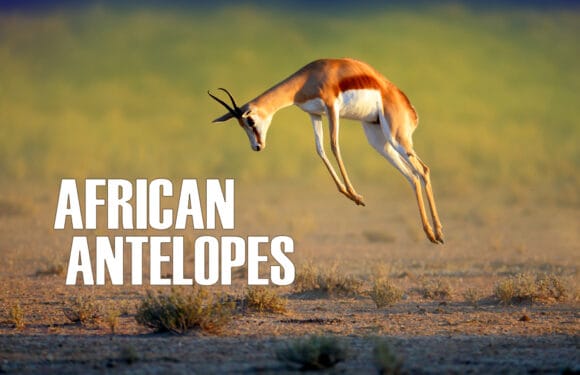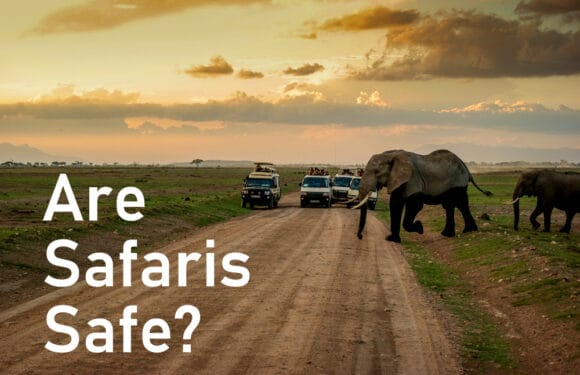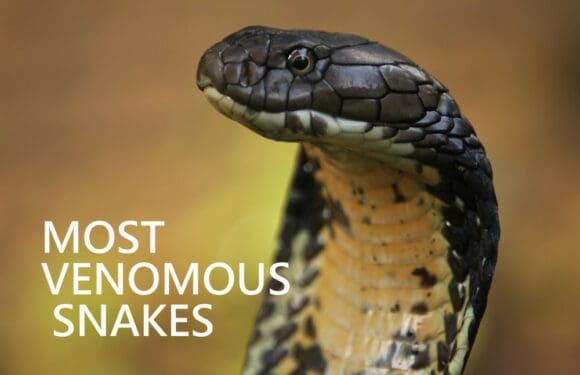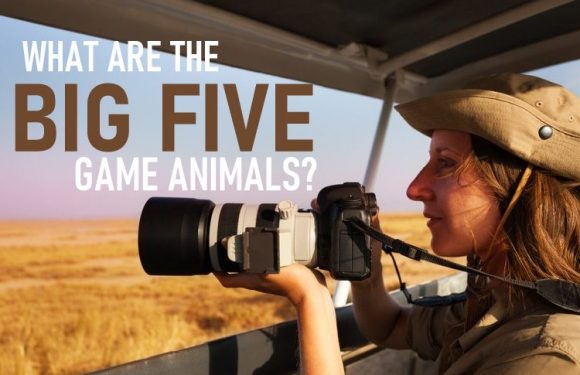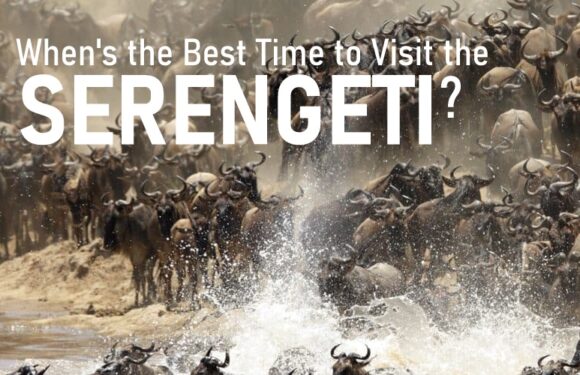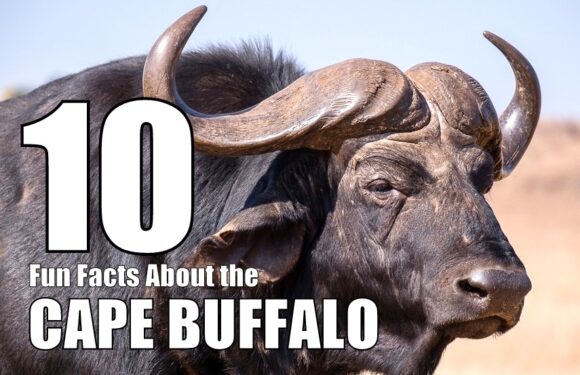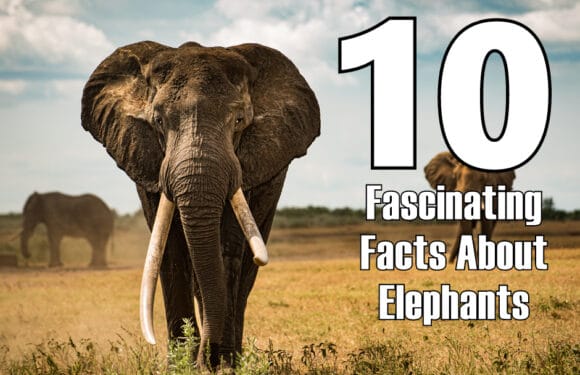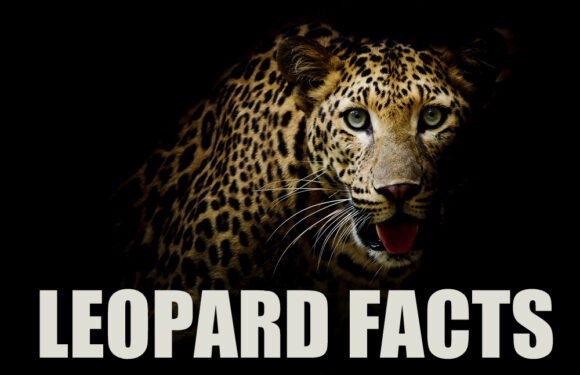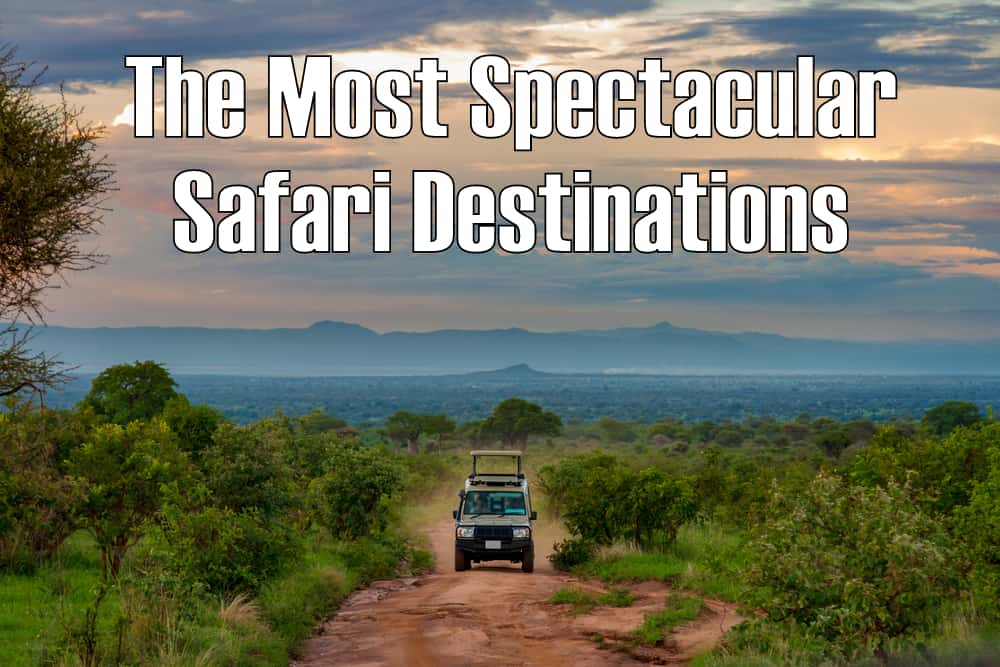
Africa, a continent filled with bountiful wildlife and stunning landscapes, offers some of the world’s most spectacular safari destinations.
Here’s a guide to the best safari destinations on Earth.
Serengeti National Park, Tanzania
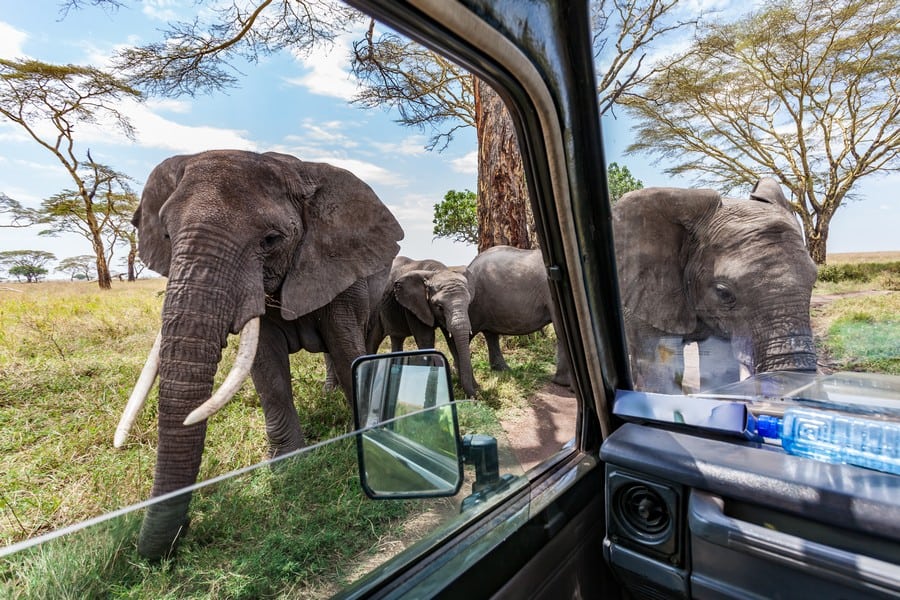
The Serengeti National Park is the epitome of African wilderness. Located in Northern Tanzania, the Serengeti is a world-renowned safari destination. Its name means ‘endless plains’, which perfectly encapsulates the immense savannahs that stretch as far as the eye can see.
The park’s landscape varies from grassy plains to riverine forests and swamps. The Serengeti’s ecosystem supports an abundance of wildlife. It contains the Big Five (lion, leopard, elephant, buffalo, and rhinoceros), with its lion population being one of the largest in Africa. It is also home to cheetahs, hyenas, giraffes, and over 500 species of birds. Beyond its wildlife, the Serengeti has a rich cultural history, with archaeological sites dating back to early human evolution.
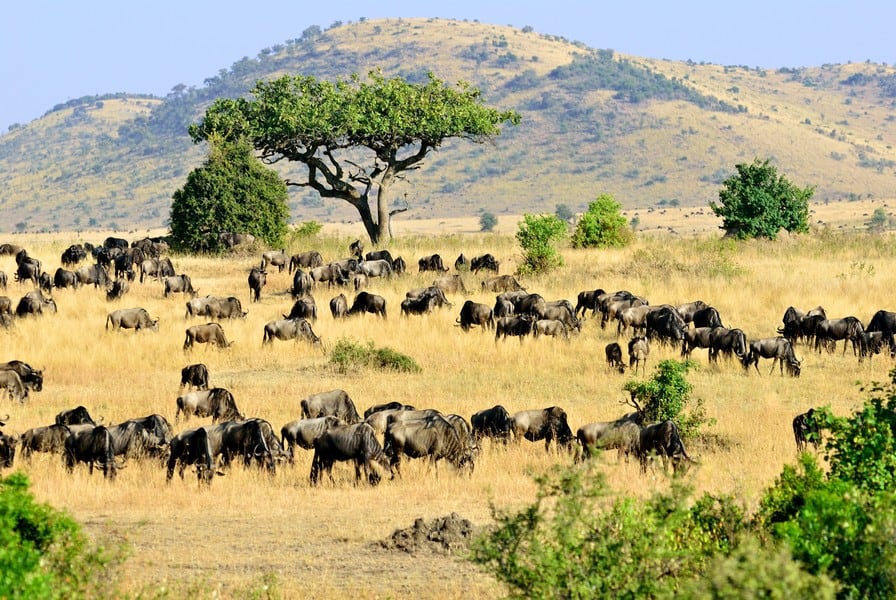
The park is most famous for the Great Migration, an annual event where over a million wildebeest, zebra, and gazelle traverse its plains in search of fresh grazing.
Kruger National Park, South Africa
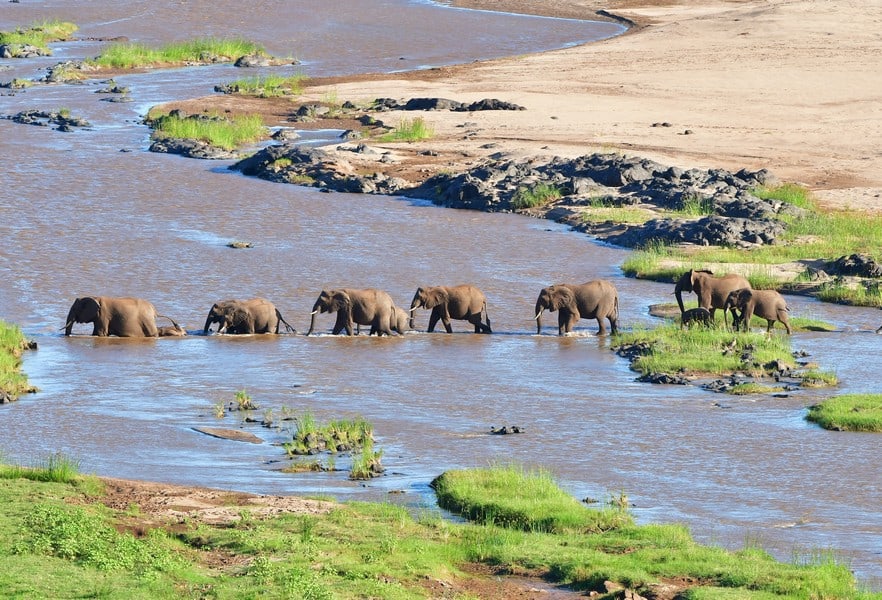
Kruger National Park, located in the northeastern corner of South Africa, is one of the continent’s largest and most diverse game reserves. This park offers an unparalleled safari experience, boasting an impressive variety of wildlife and unspoiled landscapes.
The Kruger is home to an astounding number of species, including over 500 bird species, 147 mammal species, and numerous reptile and fish species, making it a biodiversity hotspot. The Big Five live here, as well as wild dogs, hippos, crocodiles, and numerous antelope species.
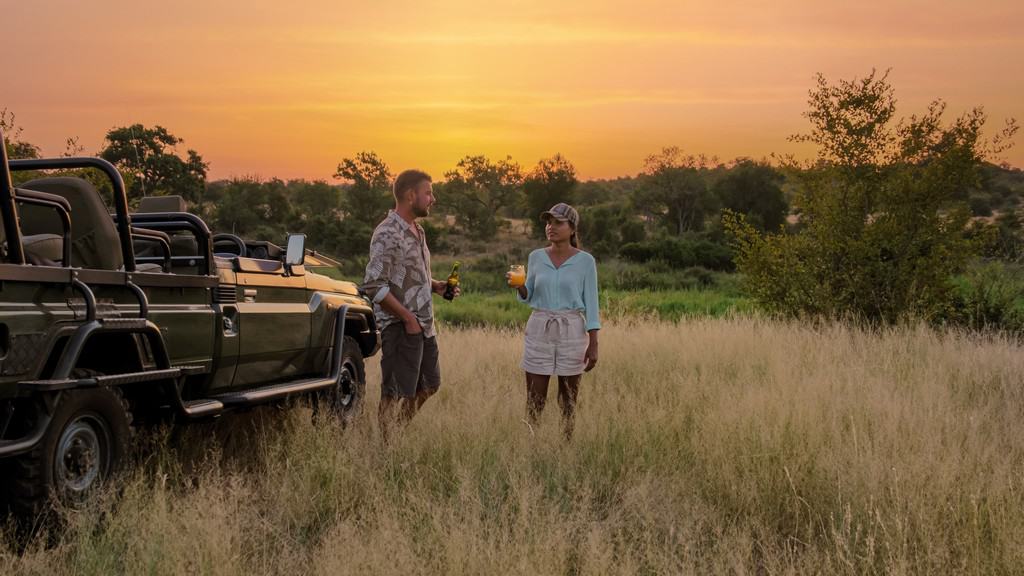
Visitors to Kruger can explore its varied habitats, from dense forests and bushy shrublands to vast savannahs and river systems. This assortment of ecosystems ensures a satisfying experience. The park’s extensive network of roads allows for excellent self-drive safari adventures, while guided walking tours and bush camps offer more immersive experiences.
Maasai Mara National Reserve, Kenya
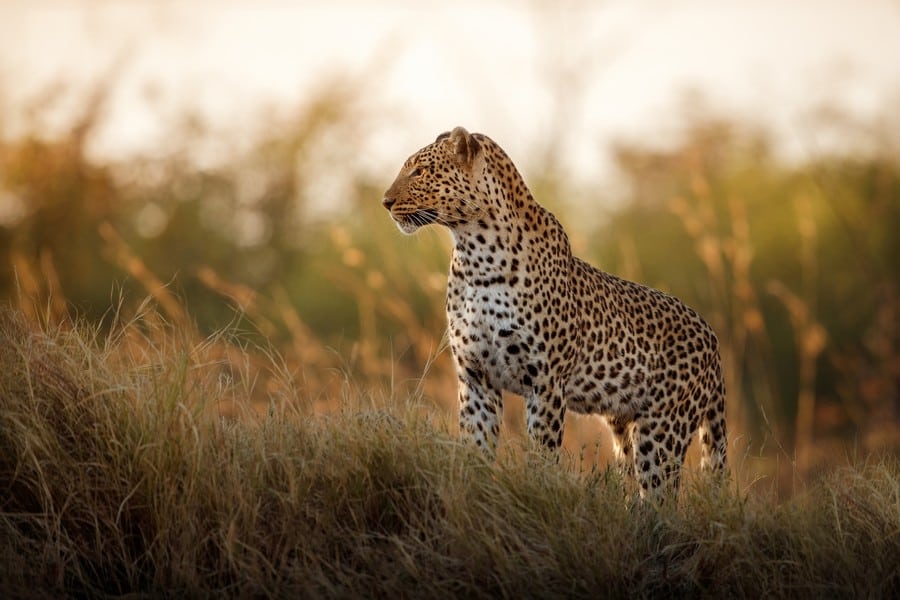
The Maasai Mara National Reserve in Kenya, often simply referred to as the Mara, is an authentic African safari experience. Adjacent to Tanzania’s Serengeti, this terrain of rolling grasslands and riverine forests is renowned for its population of lions, leopards, cheetahs, and elephants.
The Mara is part of the Great Migration circuit, where hordes of wildebeest and zebra make their journey in search of greener pastures. This annual migration, particularly the dramatic river crossings, is a spectacle that attracts nature enthusiasts from across the globe.
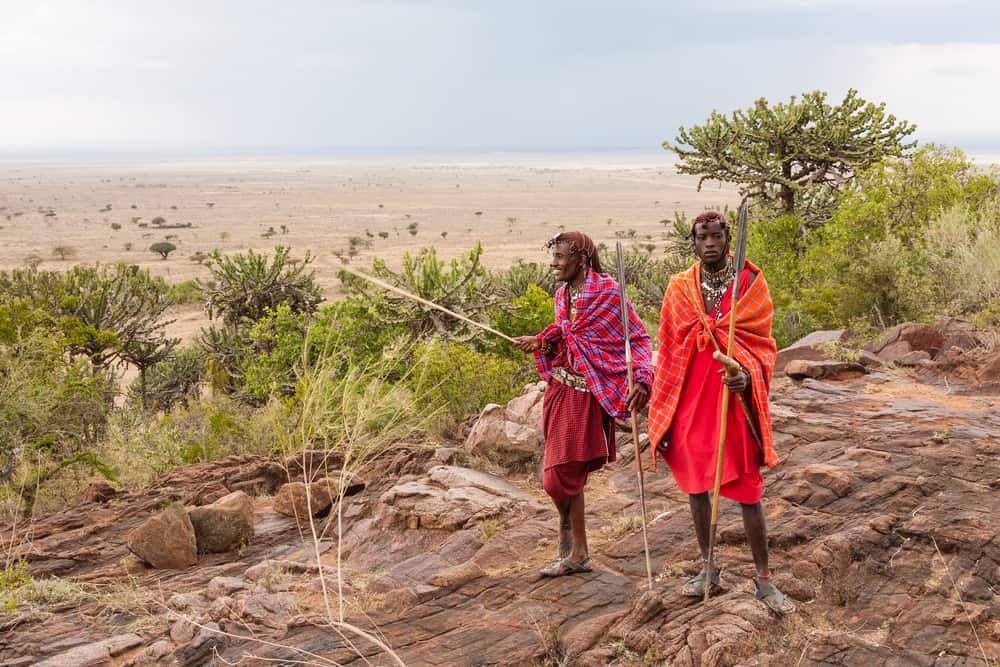
The cultural experiences offered in the Maasai Mara are as exciting as its wildlife. The reserve is named after the Maasai people, an indigenous ethnic group known for their distinctive customs and dress. Visitors have the opportunity to engage with Maasai communities, gaining insights into their traditional way of life, which has coexisted with the region’s wildlife for centuries.
Okavango Delta, Botswana
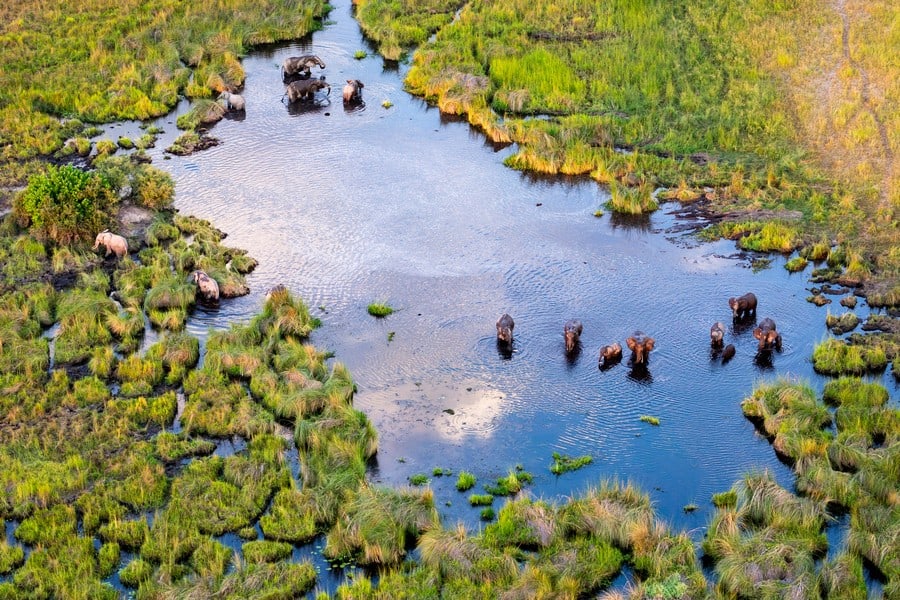
The Okavango Delta in Botswana is a miraculous oasis in the heart of the Kalahari Desert. This ecosystem is created by the annual flooding from the Okavango River. The UNESCO World Heritage site transforms into a lush, water-filled haven for wildlife, attracting thousands of animals to its life-giving waters.
The delta’s waterways, lagoons, and islands contain an abundance of animals, including elephants, lions, leopards, and African wild dogs. The region is known for its birdlife, with over 400 bird species. What makes the Okavango Delta particularly special is its water-based safari experiences. Visitors can float through the tranquil waterways in traditional mokoro canoes, offering a serene and intimate encounter with the delta’s inhabitants.
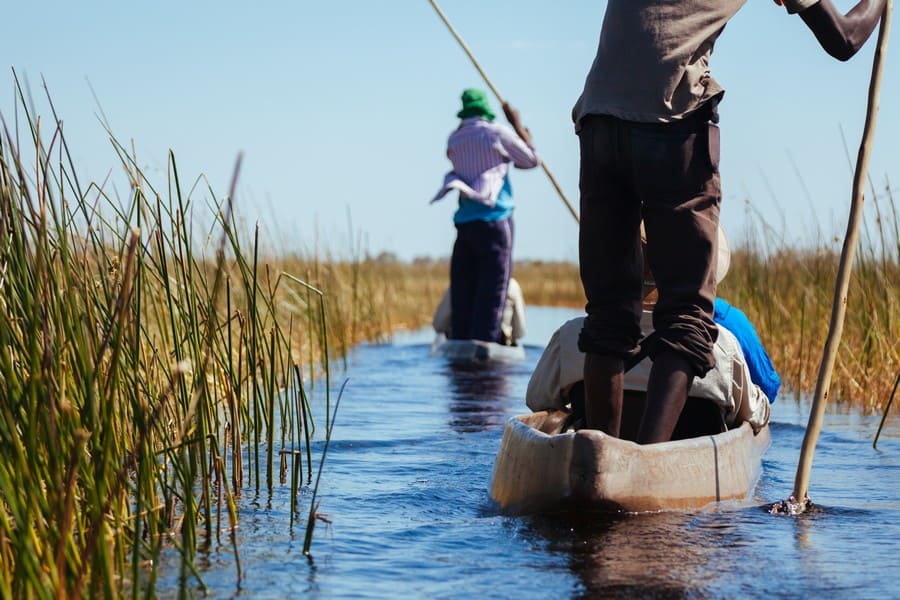
The dynamic nature of the Okavango Delta, with its seasonal transformations, offers a unique safari experience each time. During the dry season, as the floodwaters recede, the delta becomes a concentrated hub of wildlife, making it an excellent time for game viewing.
The landscape of the delta is as varied as its wildlife, ranging from dry woodlands and grassy plains to permanent wetlands, each supporting a wide range of species. The commitment to low-impact tourism and conservation in Botswana means that the Okavango Delta offers not just a safari, but a sustainable and ecologically responsible adventure into one of the most pristine natural habitats on the planet.
Etosha National Park, Namibia
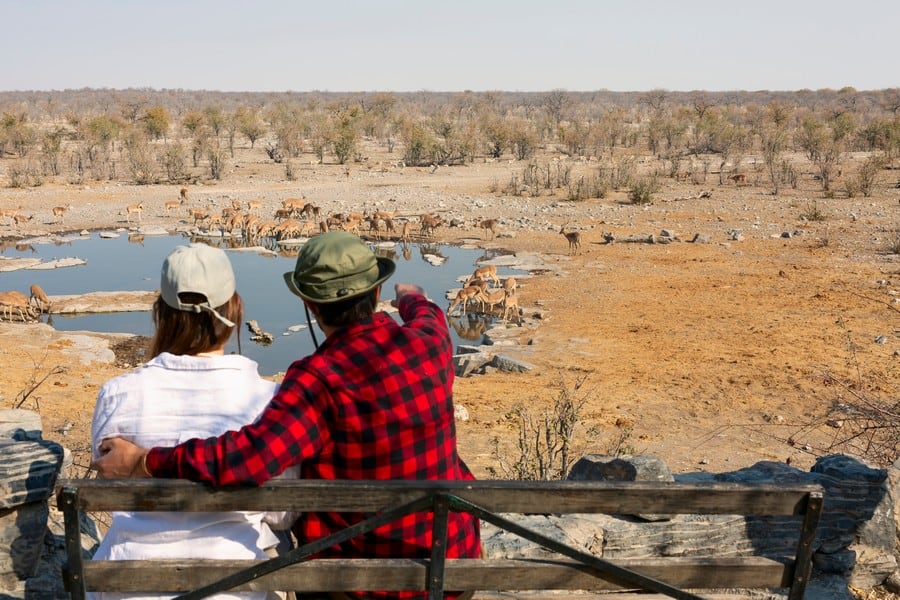
Etosha National Park, located in northern Namibia, is a premier safari destination known for its unique landscape and extraordinary wildlife viewing opportunities. At the heart of the park lies the Etosha Pan, a vast salt-crusted depression that’s visible from space. This pan is a place of shimmering mirages in the dry season and a shallow lake attracting many bird species during the rainy season.
Etosha’s landscape varies from dense bush to open plains, which supports an incredible breadth of wildlife. The park’s distinct feature is its numerous waterholes, some of which are floodlit at night. These waterholes become focal points for wildlife, especially during the dry season when animals congregate in large numbers for water.
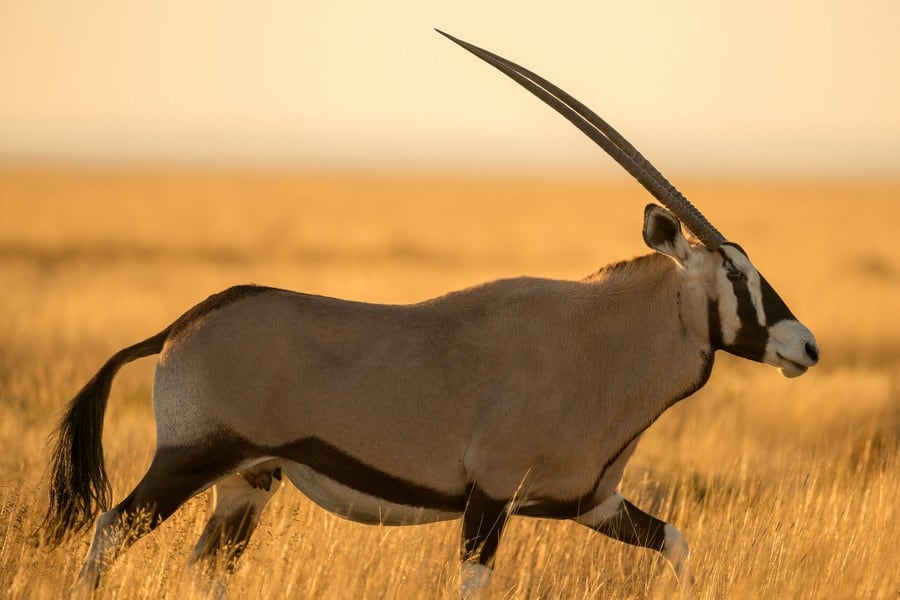
Etosha is home to animals including elephants, lions, giraffes, and a large population of rhinos. One of the park’s highlights is its thriving population of endangered black and white rhinos. Besides the popular Big Five, Etosha is also a haven for smaller mammals and reptiles, and its birdlife is prolific, with over 340 species recorded.
The park’s infrastructure caters well to visitors. It has several well-equipped rest camps, making it an accessible and comfortable safari experience. Etosha’s blend of accessibility, abundant wildlife, and unique scenery makes it a must-visit destination.
Ngorongoro Conservation Area, Tanzania
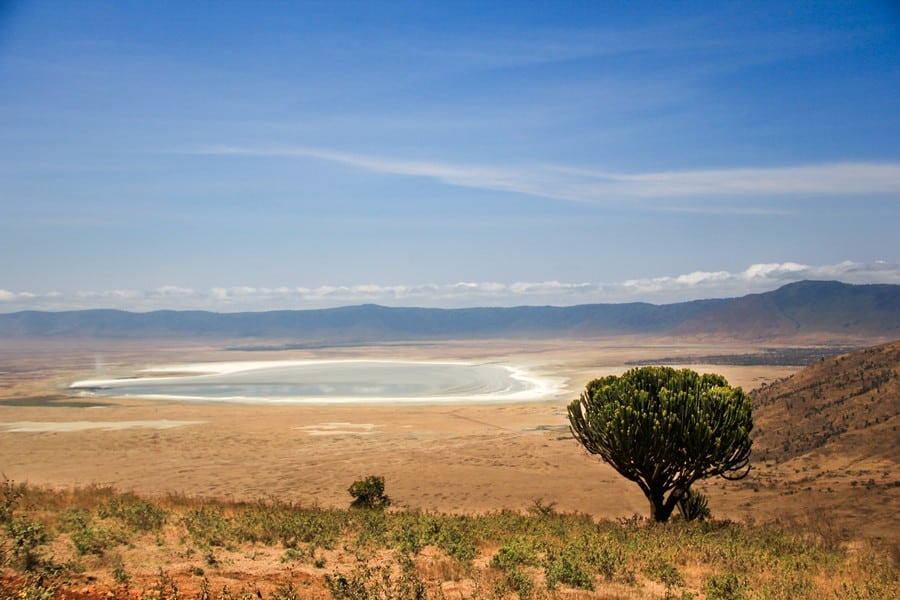
The Ngorongoro Conservation Area in Tanzania is a UNESCO World Heritage Site. The area is celebrated for the Ngorongoro Crater, the world’s largest intact volcanic caldera. This natural amphitheater, created by the collapse of a giant volcano, spans about 20 kilometers across and is home to a dense concentration of wildlife. The crater floor is often referred to as ‘Africa’s Garden of Eden’ and offers one of the highest rates of wildlife sightings in Africa, including the Big Five. The Ngorongoro Crater is especially known for its healthy population of black rhinoceros and large prides of lions.
The conservation area is unique in that it integrates human habitation with wildlife conservation, a model that allows the coexistence of humans and wildlife. The Maasai, the indigenous people of this area, graze their cattle alongside the wild animals, following a lifestyle that has remained largely unchanged for centuries.
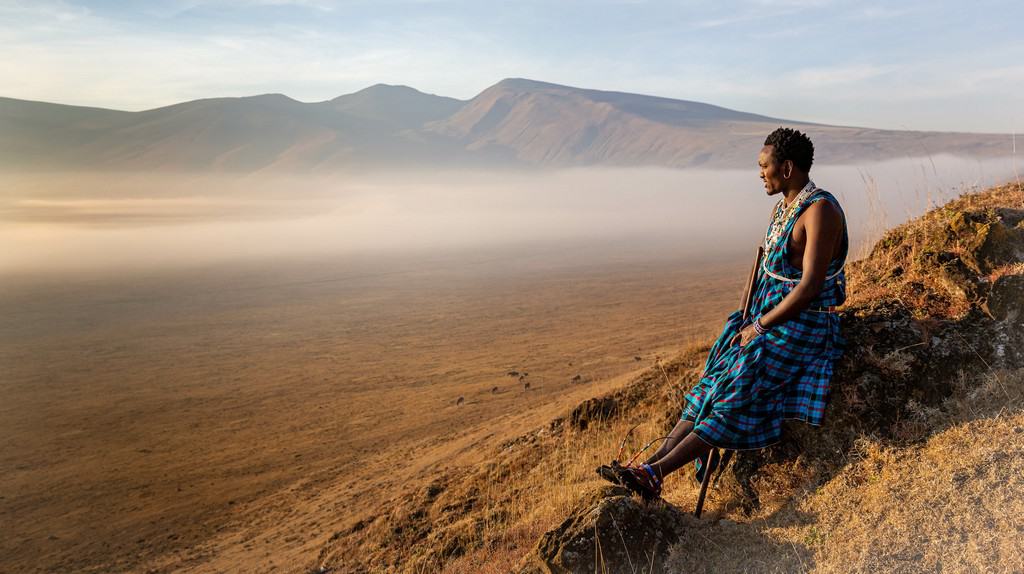
Besides the crater, the wider Ngorongoro Conservation Area offers a range of habitats, including forests, lakes, and savannahs. The area is also of great archaeological significance, with the Olduvai Gorge, a site important in understanding human evolution, located within its boundaries.
The Ngorongoro Conservation Area, with its combination of natural beauty, wildlife, and cultural significance, offers a memorable safari experience that goes beyond wildlife viewing to include a deep understanding of the interaction between humans and the natural environment.
South Luangwa National Park, Zambia
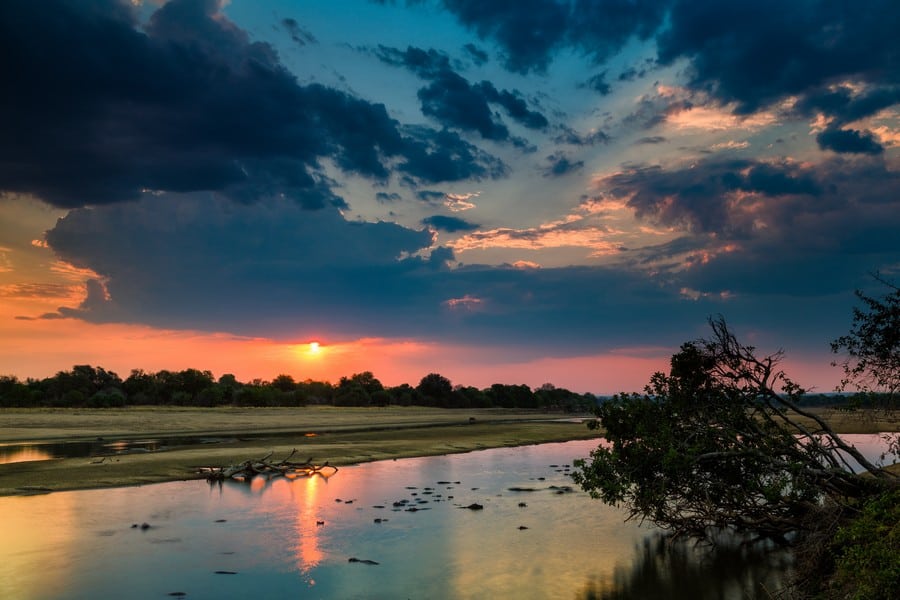
South Luangwa National Park is located in the eastern part of Zambia. It is often hailed as one of the greatest wildlife sanctuaries in the world.
The park is centered around the Luangwa River, with its oxbow lagoons, woodland and plains, offering a stunning backdrop for wildlife viewing. The park’s habitats supports its varied wildlife, including large herds of elephant and buffalo, Thornicroft’s giraffe (a subspecies unique to the Luangwa Valley), and over 400 species of birds. The park is particularly famous for its populations of leopards and hippos, and it boasts one of the highest concentrations of hippos in Africa.
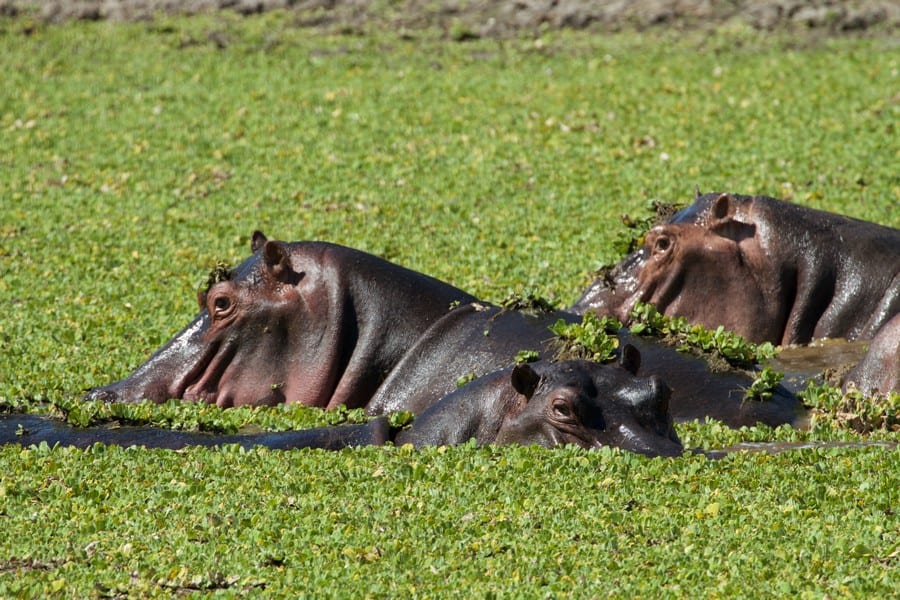
South Luangwa is renowned for pioneering walking safaris, which allow visitors to experience African wildlife up close and personal. This immersive approach brings a deeper understanding and appreciation of the African bush, its ecosystem, and inhabitants. The night safaris in South Luangwa offer a unique opportunity to observe nocturnal animals and behaviors rarely seen during the day.
The changing seasons add to the park’s allure, with the dry season (May to October) offering the best conditions for game viewing as animals gather around the shrinking water sources, and the wet season (November to April) transforming the landscape into a lush, green haven teeming with birdlife and the birth of new animals.
Hwange National Park, Zimbabwe
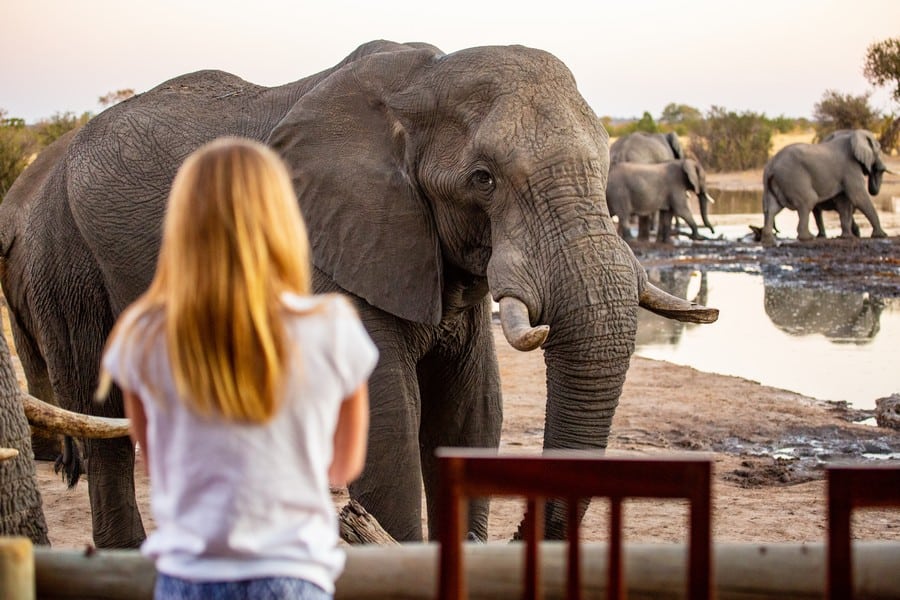
Hwange National Park is located in the northwest corner of Zimbabwe. It is the largest natural reserve in the country and an exceptional safari destination. Once the royal hunting grounds of the Ndebele warrior-king Mzilikazi, it was set aside as a national park in 1929.
Hwange is one of the most biologically diverse parks in Africa. Its habitats range from desert sands and sparse woodland to grasslands and rocky outcrops, supporting over 100 mammal and 400 bird species. Hwange is famous for its large herds of elephants, which are among the biggest in the world. The park’s elephant population is so significant that it plays a crucial role in the overall ecology of the area.
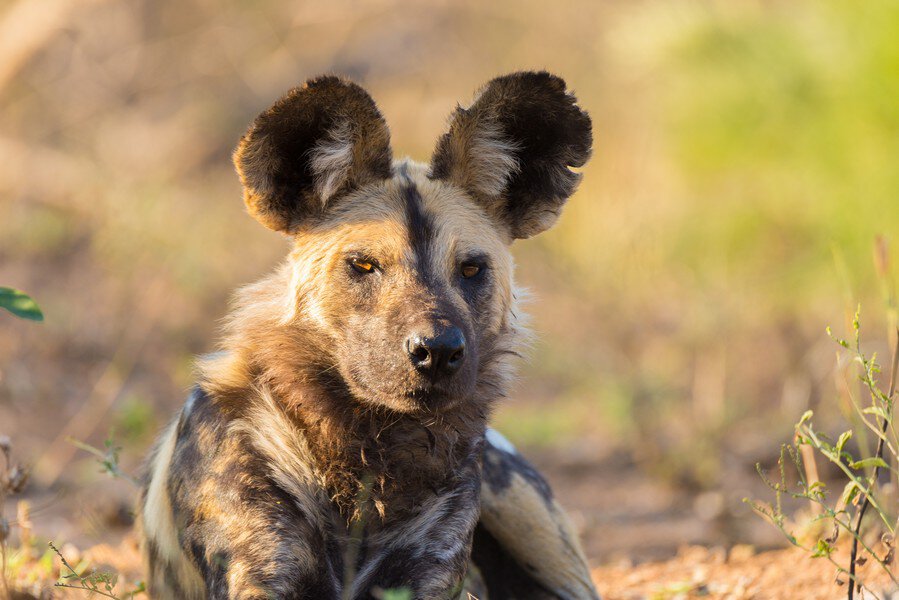
The park’s artificial waterholes, strategically located, ensure amazing game viewing throughout the year. Visitors to Hwange can expect to see a plethora of wildlife, including lions, leopards, African wild dogs, cheetahs, hyenas, and different antelope species.
The park’s commitment to conservation is evident in its successful breeding programs and anti-poaching initiatives.
Bwindi Impenetrable National Park, Uganda
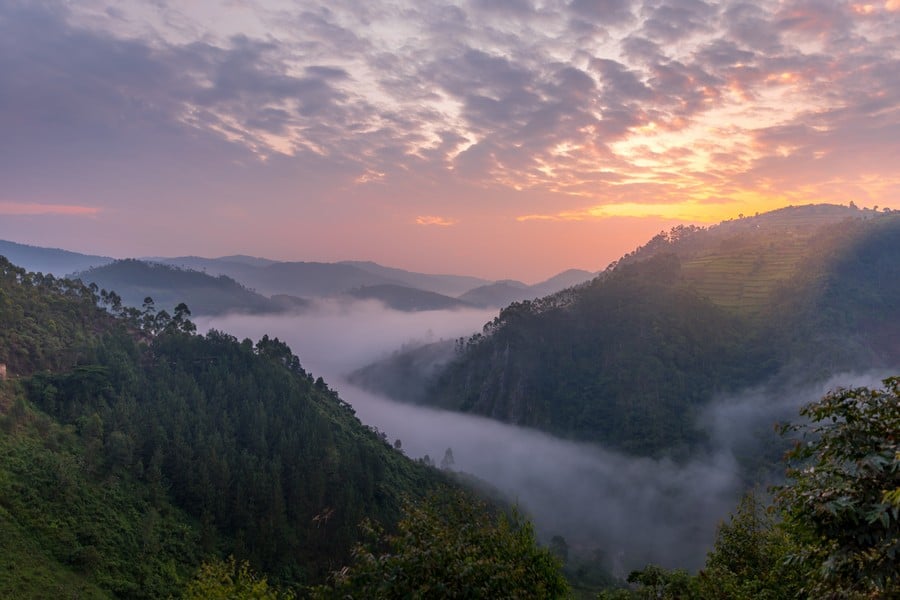
Bwindi Impenetrable National Park is a UNESCO World Heritage Site located in southwestern Uganda. This ancient, montane and lowland forest extends over a series of steep ridges in the Albertine Rift Valley.
The park is famous for its mountain gorilla populations. It offers a once-in-a-lifetime opportunity for gorilla trekking with a mysterious and mystical ambiance. This wildlife experience allows visitors to observe these primates in their natural habitat, a truly humbling adventure.
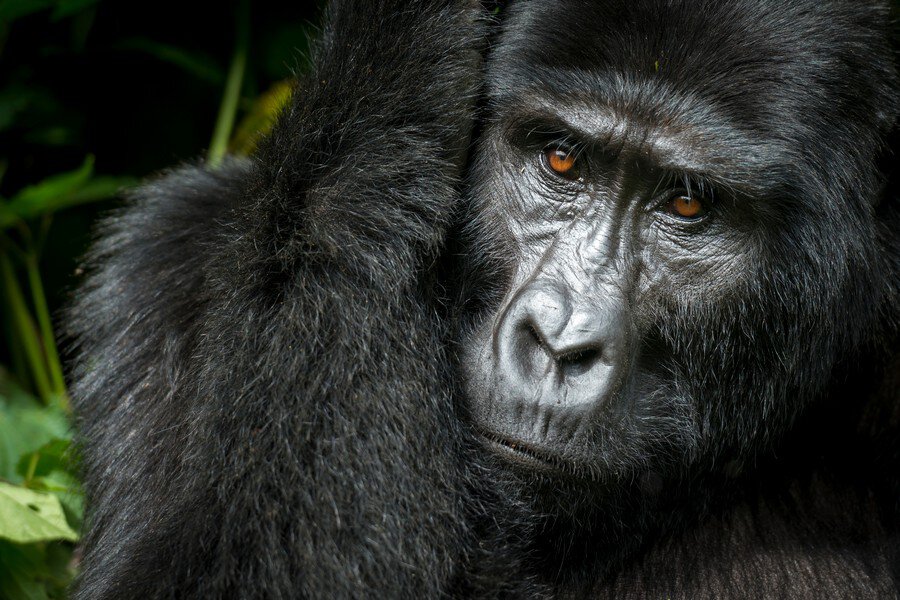
The park’s challenging terrain, with its dense vegetation, steep valleys, and high altitude, makes gorilla trekking a physically demanding endeavor, but one that is extremely rewarding. The interactions with the gorillas are often described as a profound and life-changing experience. They are conducted in small groups and led by experienced guides who ensure a respectful distance is maintained.
Besides mountain gorillas, Bwindi is a biodiversity hotspot with over 120 mammal species, including several primate species like chimpanzees, colobus monkeys, and baboons, and over 350 bird species, making it a paradise for birdwatchers.
Kgalagadi Transfrontier Park, South Africa/Botswana
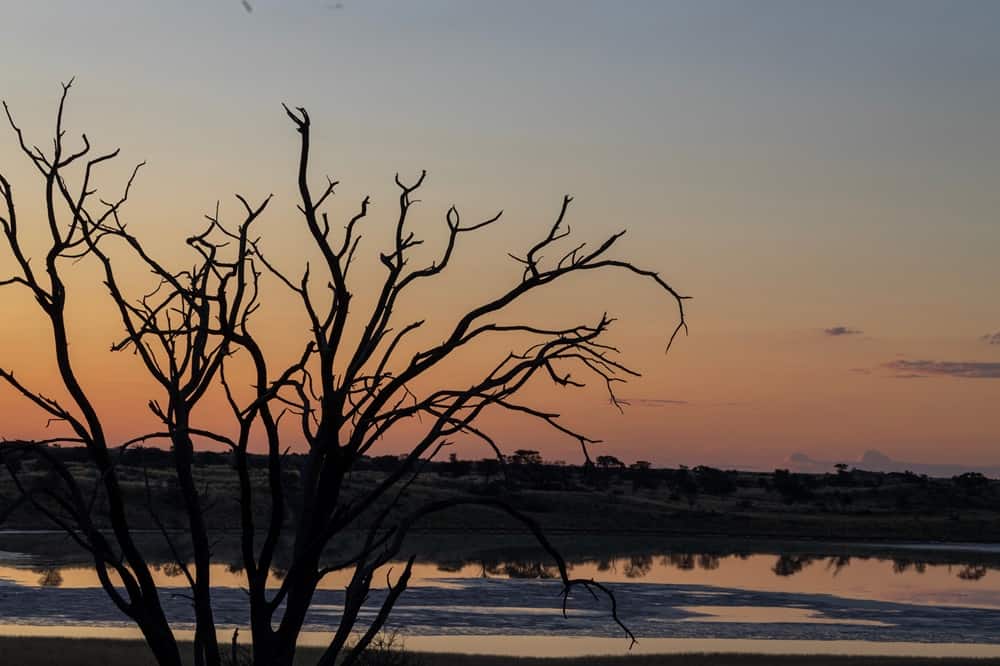
Kgalagadi Transfrontier Park is a vast wildlife preserve in the Kalahari Desert region of Botswana and South Africa. It is emerging as one of Africa’s premier safari destinations. This transboundary park, one of the first of its kind in Africa, is an unspoiled wilderness characterized by its red sand dunes, sparse vegetation, and dry riverbeds.
Kgalagadi is renowned for its predator sightings, including the famous black-maned Kalahari lions, cheetahs, leopards, and a significant population of raptors. The park’s semi-arid desert environment presents excellent wildlife viewing opportunities. These animals are adapted to the harsh conditions, offering a different perspective compared to the more lush African savannas.
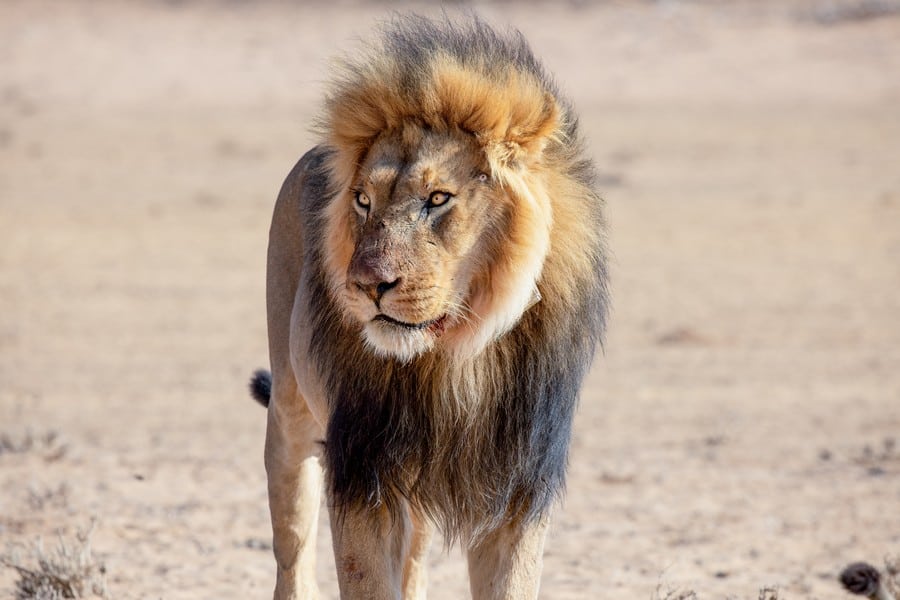
Visitors to Kgalagadi can expect to witness dramatic wildlife interactions, particularly around the scarce waterholes, where predators and prey engage in an eternal struggle for survival. The park’s open terrain provides great visibility for game viewing. Kgalagadi’s night skies are also spectacular, offering some of the best stargazing opportunities in the world.
—–
Want to visit the Serengeti and Ngorongoro Crater? Look at our safari itineraries here.



















































